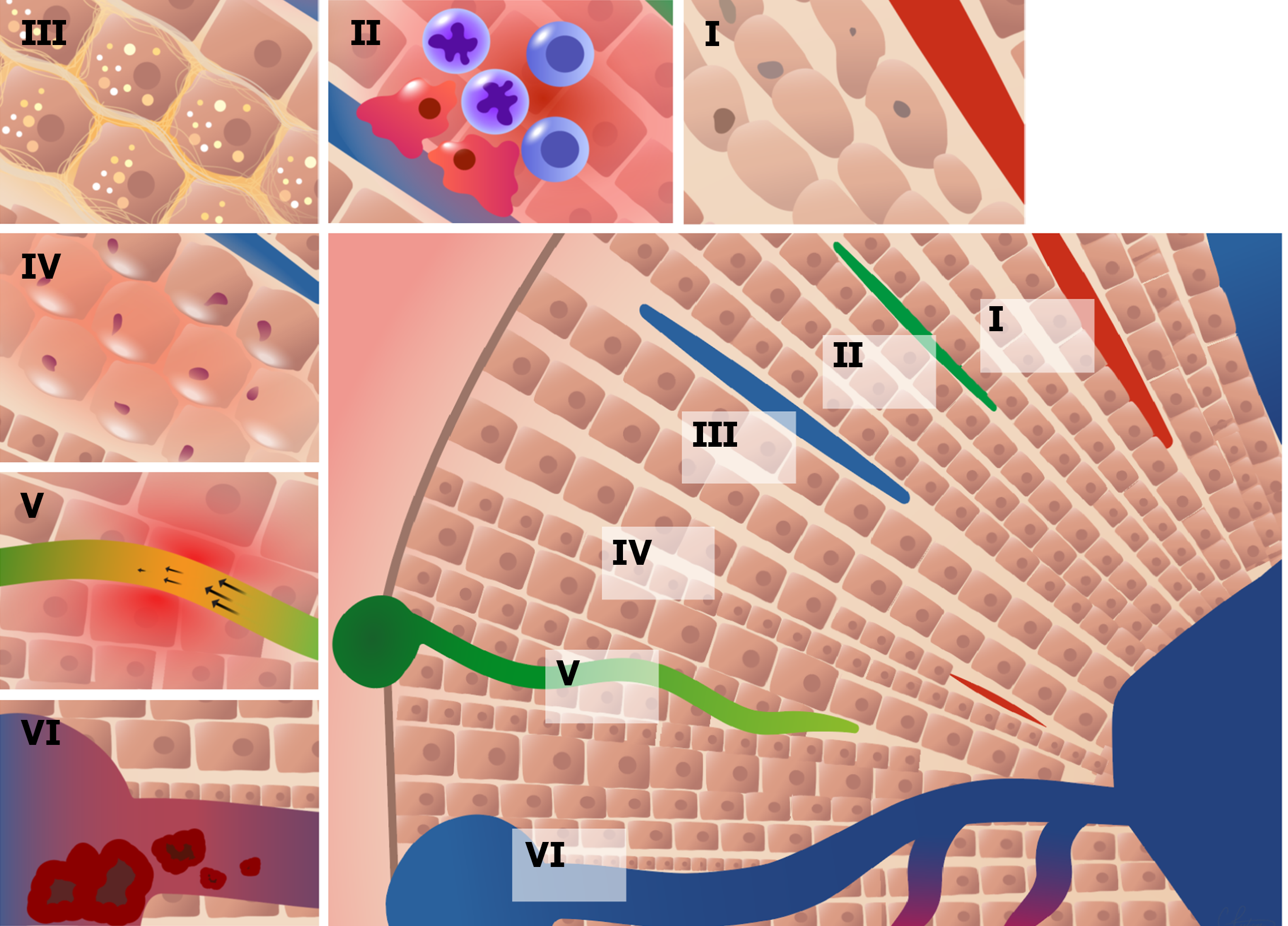Copyright
©The Author(s) 2024.
World J Gastroenterol. Jun 14, 2024; 30(22): 2866-2880
Published online Jun 14, 2024. doi: 10.3748/wjg.v30.i22.2866
Published online Jun 14, 2024. doi: 10.3748/wjg.v30.i22.2866
Figure 1 Mechanisms of viral entry and receptor expression in liver tissue.
The severe acute respiratory syndrome coronavirus 2 virus enters the host cell using its spike protein (S protein) which binds to the angiotensin I converting enzyme 2 receptor. The S protein gets cleaved by furin and cathepsin L, then with the help of transmembrane serine protease 2 the S protein gets activated to facilitate viral entry. These cells are transduced by the virus, which enters the cell through endocytosis, where lysosomal Phosphatidylinositol 3-phosphate 5-kinase aids in endosome formation and permits fusion of viral and host membranes. ACE2: Angiotensin-converting enzyme 2; CTSL: Cathepsin L; TMPRSS2: Transmembrane serine protease 2; SARS-CoV-2: Severe acute respiratory syndrome coronavirus 2.
Figure 2 Direct coronavirus disease 2019 liver injury is observed through various histopathological changes.
After analyzing several cohorts of liver biopsies, the most common findings associated with severe acute respiratory syndrome coronavirus 2 hepatic infection were reported and described. I: Centrilobular areas of confluent necrosis. II: The inflammatory infiltrate surrounding necrosis showed lymphoplasmacytic infiltrate with histiocytes, few eosinophils, and neutrophils. III: Periportal fibrosis and presence of both micro and macrovesicular steatosis. IV: Ballooning degeneration shown by swelling and rounding up of hepatocytes. V: Canalicular cholestasis with discrete ductular reaction, predominantly in zone 3. VI: Chronic venous congestion, endotheliitis, portal vein thrombosis and platelet-fibrin thrombi in hepatic sinusoids.
- Citation: Rodriguez-Espada A, Salgado-de la Mora M, Rodriguez-Paniagua BM, Limon-de la Rosa N, Martinez-Gutierrez MI, Pastrana-Brandes S, Navarro-Alvarez N. Histopathological impact of SARS-CoV-2 on the liver: Cellular damage and long-term complications. World J Gastroenterol 2024; 30(22): 2866-2880
- URL: https://www.wjgnet.com/1007-9327/full/v30/i22/2866.htm
- DOI: https://dx.doi.org/10.3748/wjg.v30.i22.2866














